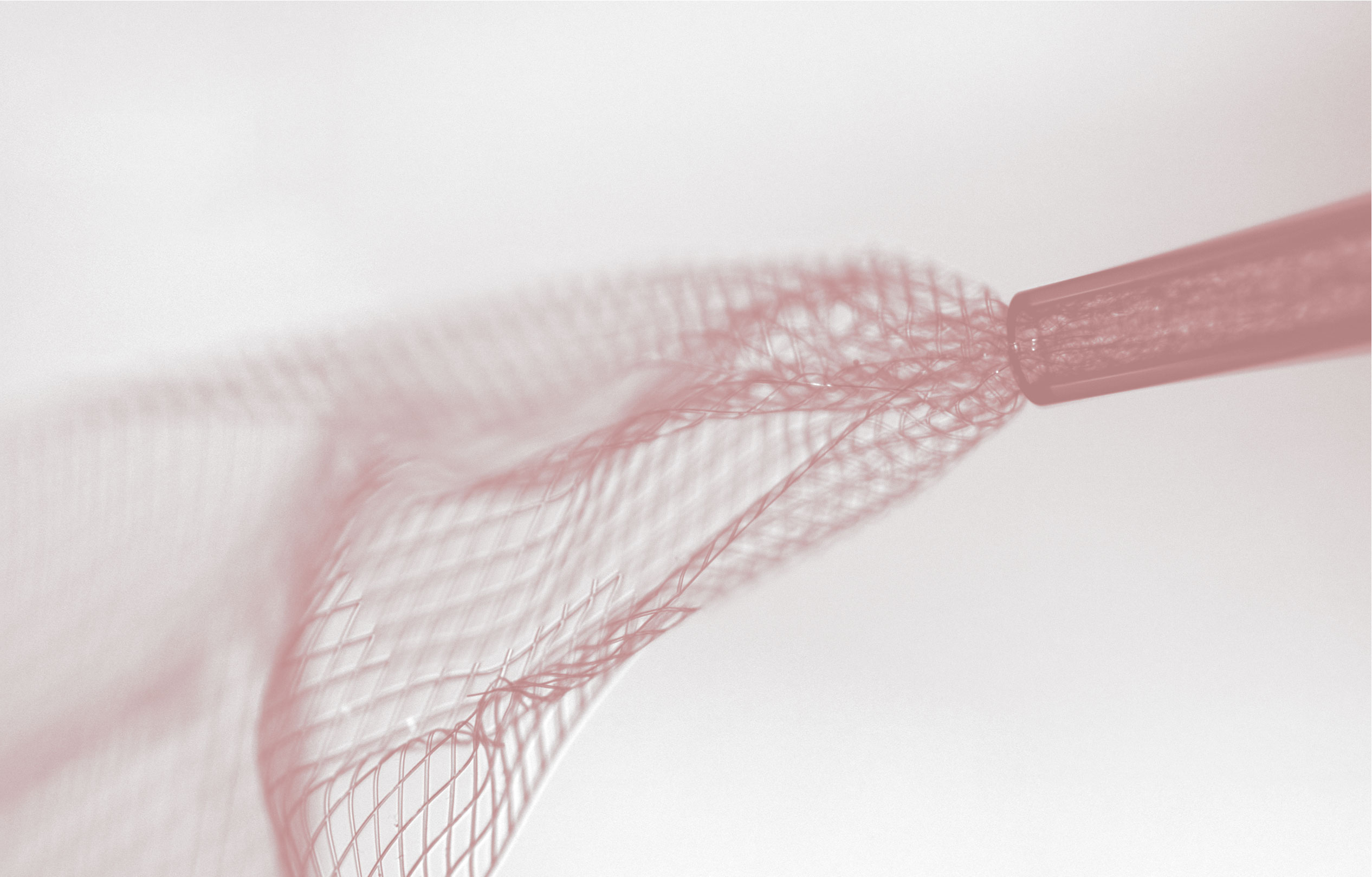
Mesh Electronics
Mesh Electronics
Syringe-injectable mesh electronics seamlessly integrate with brain tissue in living animals, opening up exciting opportunities in neuroscience, bioengineering, and medicine. Here we make available to the scientific community protocols and other resources needed to implement this exciting technology. Please contact us with specific questions.
Getting Started
The main steps for implementing mesh electronics in your research are as follows:

'Click' on the specific step of interest to find out the details!